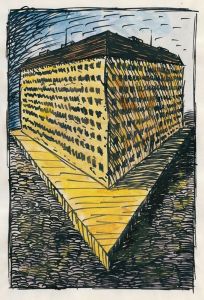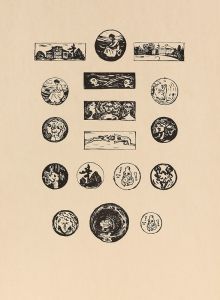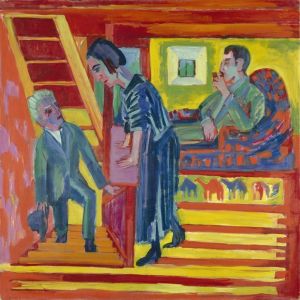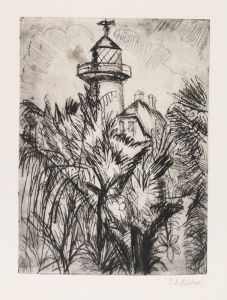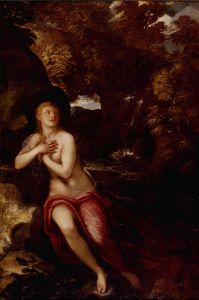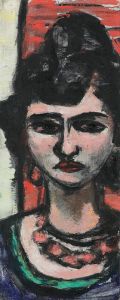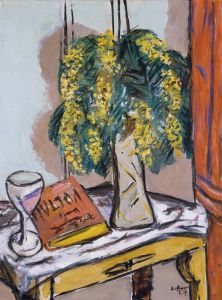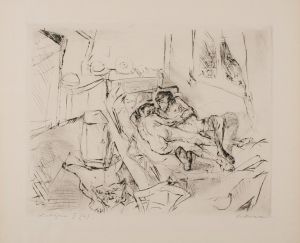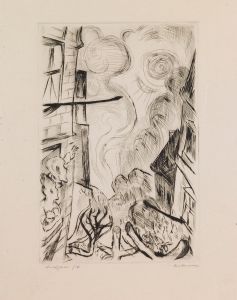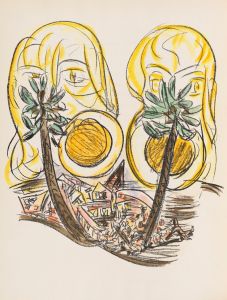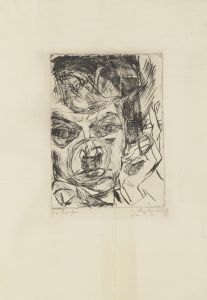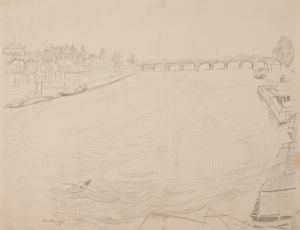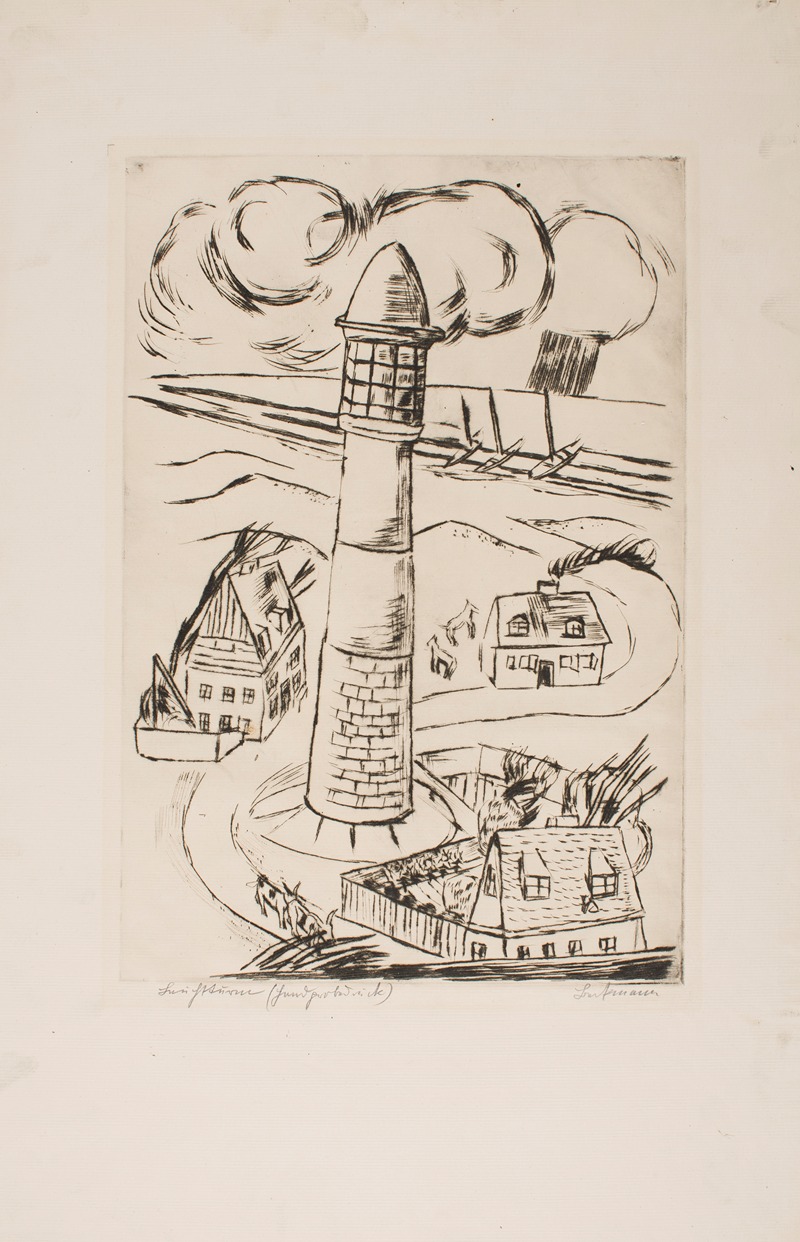
The Lighthouse
A hand-painted replica of Max Beckmann’s masterpiece The Lighthouse, meticulously crafted by professional artists to capture the true essence of the original. Each piece is created with museum-quality canvas and rare mineral pigments, carefully painted by experienced artists with delicate brushstrokes and rich, layered colors to perfectly recreate the texture of the original artwork. Unlike machine-printed reproductions, this hand-painted version brings the painting to life, infused with the artist’s emotions and skill in every stroke. Whether for personal collection or home decoration, it instantly elevates the artistic atmosphere of any space.
Max Beckmann, a prominent German painter, is known for his distinctive style that combines elements of Expressionism and New Objectivity. However, there is no widely recognized painting titled "The Lighthouse" by Max Beckmann. Beckmann's oeuvre is extensive and includes a variety of subjects such as portraits, landscapes, and allegorical scenes, often characterized by bold colors, strong lines, and complex compositions.
Beckmann was born in 1884 in Leipzig, Germany, and his career spanned the tumultuous periods of both World Wars. He initially gained recognition as an Expressionist painter, but his style evolved over time, incorporating more structured and realistic elements, which aligned with the New Objectivity movement. This movement emerged in Germany in the 1920s as a reaction against the emotional intensity of Expressionism, favoring a more sober and realistic approach to art.
Throughout his career, Beckmann's work often reflected the social and political upheavals of his time. He was deeply affected by his experiences during World War I, where he served as a medical orderly. The trauma and chaos of the war had a profound impact on his art, leading to darker themes and more complex compositions. His paintings frequently explore themes of existentialism, human suffering, and the absurdity of life.
Beckmann's work was not well-received by the Nazi regime, which labeled it as "degenerate art." In 1937, the Nazis confiscated over 500 of his works from German museums, and Beckmann subsequently fled to Amsterdam. He later moved to the United States in 1947, where he continued to paint and teach until his death in 1950.
While Beckmann's catalog includes many significant works, such as "The Night" (1918-1919), "Departure" (1932-1933), and "The Argonauts" (1949-1950), there is no specific record of a painting titled "The Lighthouse." It is possible that such a work exists under a different name or is part of a private collection not widely documented. Beckmann's paintings are known for their symbolic content and often feature recurring motifs such as musicians, acrobats, and mythological figures, set against urban or fantastical backdrops.
In summary, Max Beckmann is a key figure in 20th-century art, known for his unique style and exploration of complex themes. However, there is no verifiable information regarding a painting titled "The Lighthouse" by Beckmann. His legacy continues to influence artists and captivate audiences worldwide, with his works held in major museums and collections.





